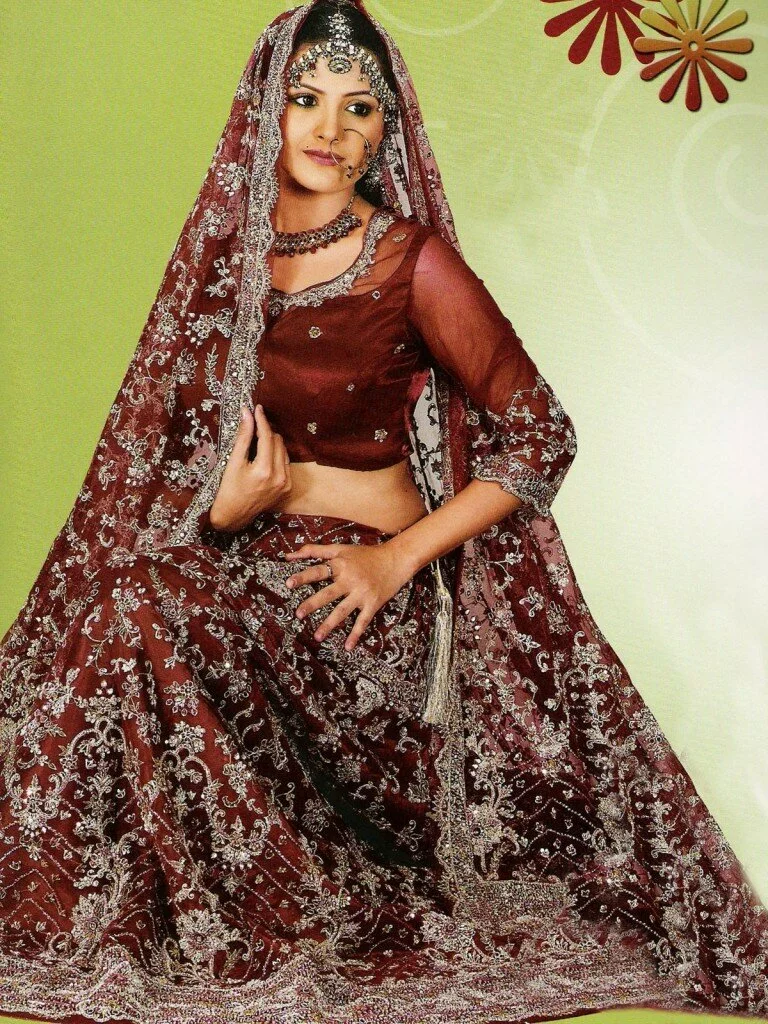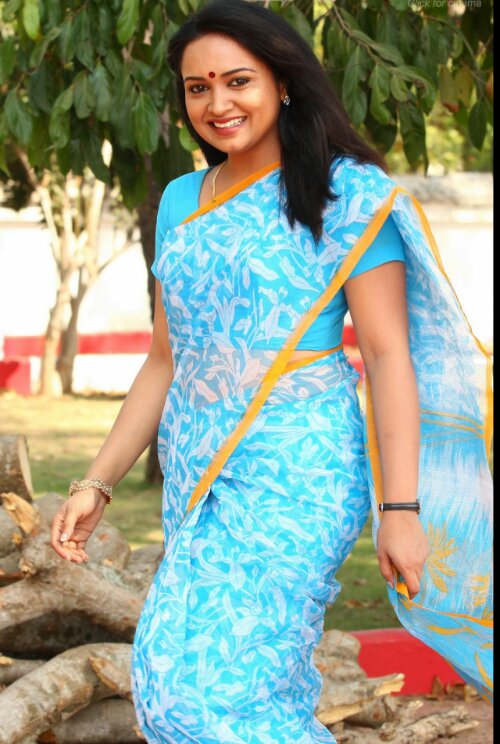Indian dress for girls definition
Source(Google.com.pk)Traditionally, the area between the eyebrows (where the bindi is placed) is said to be the sixth chakra, ajna, the seat of "concealed wisdom". According to followers of Hinduism, this chakra is the exit point for kundalini energy. The bindi is said to retain energy and strengthen concentration.[1] It is also said to protect against demons or bad luck. The bindi also represents the third eye.[2] It is also used in festivals such as Holi.[3]
In modern times, bindis are worn by women of many religious dispositions in South Asia and Southeast Asia, and is not restricted to Hindus.[citation needed] Many Muslim women in Bangladesh wear the bindi as part of makeup.[citation needed] However, Islamic Research Foundation says "wearing a bindi or mangalsutra is a sign of Hindu women. The Islamic dress code does not permit a Muslim to wear any sign, symbol or mark which is specially significant of a non-Muslim." Women in Pakistan commonly wear decorative bindis to functions and weddings. [4] This is an evidence of how the significance of a bindi has changed over the years and the bindi has become more of a fashion statement in India and countries outside India. The traditional bindi still represents and preserves the symbolic significance that is integrated into Indian mythology in many parts of India.
Red represents honor, love and prosperity, hence it was worn traditionally by women to symbolize this.
The red bindi has multiple meanings which are all valid at the same time. This is also a spiritual symbol.
By one simple interpretation it is a cosmetic mark used to enhance beauty.
From Vedic times, the bindi was created as a means to worship one's intellect. Therefore, it was used by both men and women. The worship of intellect was in order to use it to ensure our thoughts, speech, actions, habits and ultimately our character becomes pure. A strong intellect can help one to make noble decisions in life, be able to stand up to challenges in life with courage, and recognize and welcome good thoughts in life. The belief was that on this a strong individual, a strong family and strong society can be formed.
In meditation, this very spot between the eyebrows (Bhrumadhya) is where one focuses his/her sight, so that it helps concentration. Most images of Buddha or Hindu divinities in meditative pose with their eyes nearly closed show the gaze focused between eyebrows (other spot being the tip of the nose – naasikagra).
Swami Muktanand writes 'auspicious Kumkum or sandal wood paste is applied (between the eyebrows) out of respect for inner Guru. It is the Guru's seat. There is a chakra (center of spiritual energy within human body) here called Ajna (Aadnyaa) chakra meaning 'Command center'. Here you receive the Guru's command to go higher in Sadhana (spiritual practice) to the 'Sahasraar' (seventh and final chakra) which leads to Self-realization. The flame seen at the eyebrow is called 'Guru Jyoti'. (From Finite to Infinite, by Swami Muktananda, SYDA Foundation, S. Fallsburg, NY, 1989, pp. 88–89)
The encyclopedic dictionary of Yoga informs that this 'Ajna Chakra' is also called the 'Third eye'. This center is connected with the sacred syllable 'Om' and presiding it is 'ParaaShiva'. After activation of this center, the aspirant overcomes 'Ahamkar' (ego or sense of individuality), the last hurdle on the path of spirituality. (Encyclopedic dictionary of Yoga, by Georg Fuerstein, Paragon House Publ, NY, 1990, p. 15).
Traditional way to apply a bindi[edit]
A traditional bindi is red or maroon in color. A pinch of vermilion powder applied skillfully with a practiced fingertip makes a perfect red dot. It takes considerable practice to achieve the perfect round shape by hand. A small annular disc (perhaps a coin) aids application for beginners. First they apply a sticky wax paste through the empty center of the disc. This is then covered with kumkum or vermilion and then the disc is removed to get a perfect round bindi. Various materials such as sandal, 'aguru', 'kasturi', 'kumkum' (made of red turmeric) and 'sindoor' (made of zinc oxide and dye) color the dot. Saffron ground together with 'kusumba' flower can also work. Women also wore them if they were married. It would be in the husbands blood.[5]
Related customs[edit]
Collection of modern bindis
Modern stick-on bindis
In addition to the bindi, in India, a vermilion mark in the parting of the hair just above the forehead is worn by married women as commitment to long-life and well-being of their husbands. During all Hindu marriage ceremonies, the groom applies sindoor on the parting in the bride's hair.[citation needed] The bride must wipe off her red bindi once she becomes a widow. This can be seen as symbolic and shows her status in society. Widows can continue to wear the black bindi but with a white sari.[citation needed]
Pottu is the application of a black dot kept on the forehead. Pottu can be a form of holistic medicine, in Indian traditions such as Siddha or Ayurveda, wherein herbs are heated until they turn black then made into a paste and applied to the forehead.[6]
Many Kurdish women wear tattoo motifs on their forehead to ward off evil spirits and show their ethnic group. In Morocco women used to tattoo their foreheads for good luck. This tradition is now almost extinct. Within North Africa many tribes have used tattoo motifs to symbolize fertility especially on their forehead. Some tribes in Afghanistan still tattoo and decorate women's foreheads for cultural and traditional purposes.[citation needed]
Ancient Chinese women wore similar marks (for purely decorative purposes) since the second century, which became popular during the Tang Dynasty.[citation needed] As depicted in the 'House of flying Daggers' film.
In traditional Korean weddings, the bride also wears a decorative mark on the forehead and cheeks, with origins from Mongolia, but whether this practice has roots from India is not known.[citation needed]
Many Catholic churches use ash and mark the forehead. This very common in India and in devout Catholic countries. The ash is smeared on the forehead of worshippers after mass.
Modern use[edit]
Bindis are worn throughout South Asia, specifically India, Nepal, Pakistan, and Sri Lanka, by women, men, girls and boys, and no longer signify age, marital status, religious background or ethnic affiliation.[7] The bindi has become a decorative item and is no longer restricted in colour or shape.[8] Self-adhesive bindis (also known as sticker bindis) are available, usually made of felt or thin metal and adhesive on the other side. These are simple to apply, disposable substitutes for older tilak bindis. Sticker bindis come in many colors, designs, materials, and sizes. Some are decorated with sequins, glass beads, or rhinestones.
In India there are different regional variations of the bindi. In Maharastra a large crescent shape bindi is worn with a smaller black dot underneath. In Bengal a large round red bindi is worn. In southern India a smaller red bindi is worn with a white tilak on top. In Rajastan the bindi is worn longer and with a teardrop shape.
Bindis are now popular outside South Asia as well.[9][10] Sometimes they are worn as a style statement. International celebrities such as Julia Roberts,[11] Madonna,[12] Selena Gomez and many others have been seen wearing bindis.[13][14][15]
Bindis were a trend for teenage girls in the U.S. during the mid-1990s, a trend which continues among some. Gwen Stefani, of the band No Doubt, popularized bindis as well as mehndi on the hands.[16] The Indian influence in the U.S. is seen in packed yoga studios, Bollywood-style exercise classes, as well as in American women’s fashion adaptation of bindi (forehead decoration), mehndi (henna body art) and colorful Indian-style garments.
Indian dress for girls immage photo pictures 2013

Indian dress for girls immage photo pictures 2013

Indian dress for girls immage photo pictures 2013

Indian dress for girls immage photo pictures 2013
Indian dress for girls immage photo pictures 2013

Indian dress for girls immage photo pictures 2013

Indian dress for girls immage photo pictures 2013

Indian dress for girls immage photo pictures 2013

Indian dress for girls immage photo pictures 2013

Indian dress for girls immage photo pictures 2013

Indian dress for girls immage photo pictures 2013
No comments:
Post a Comment